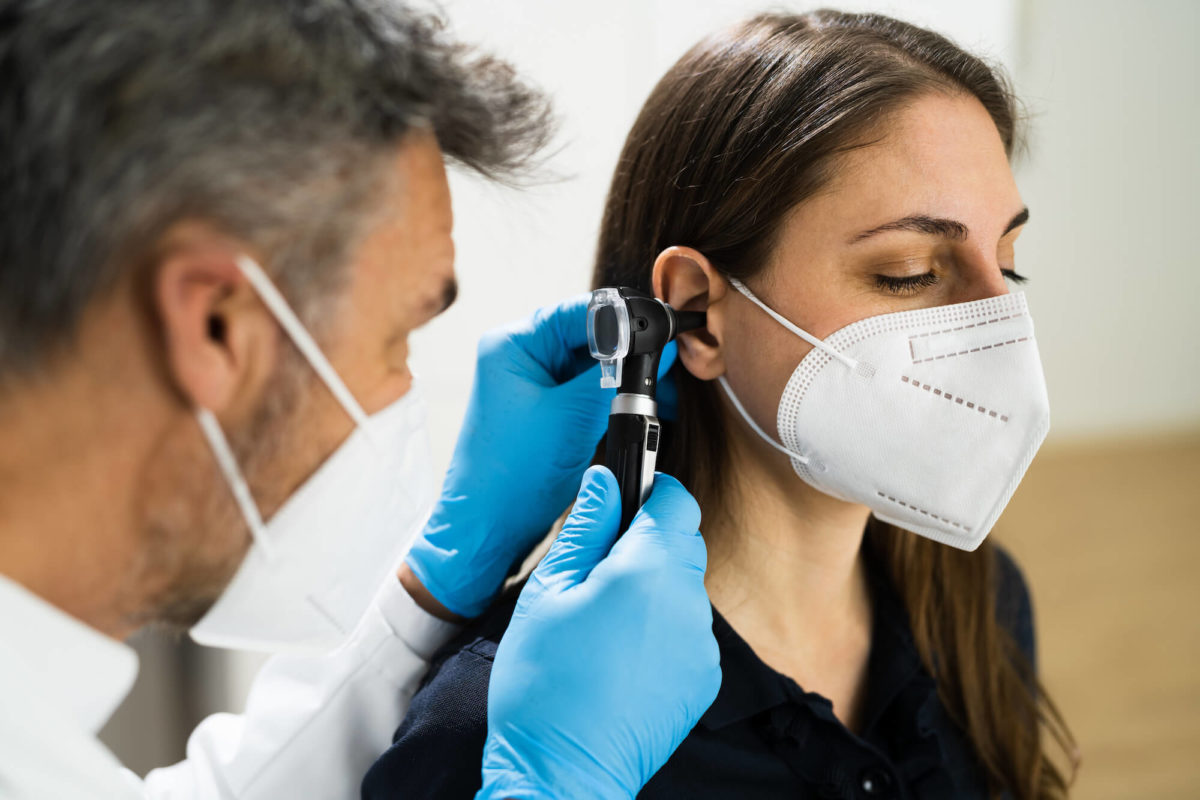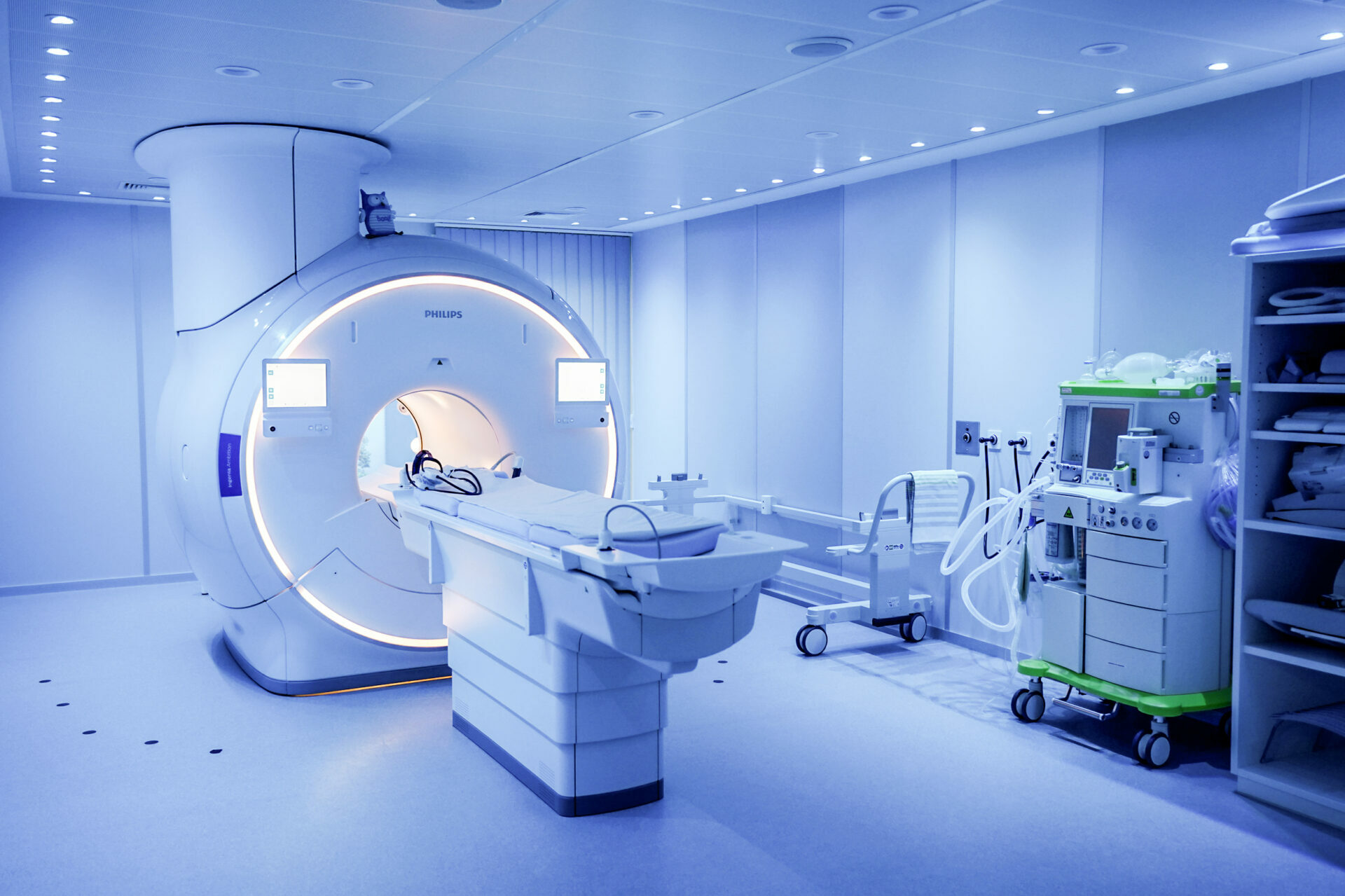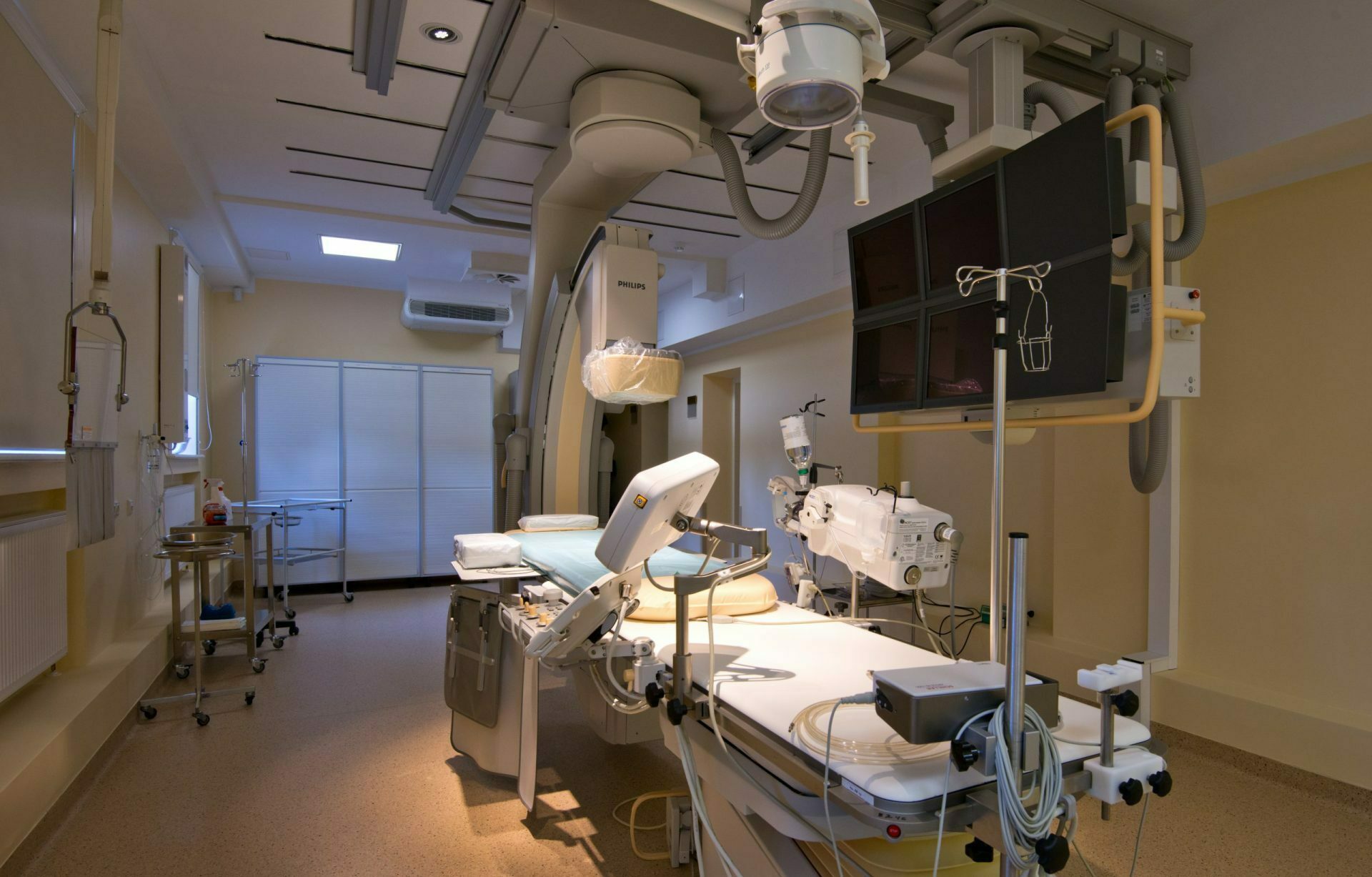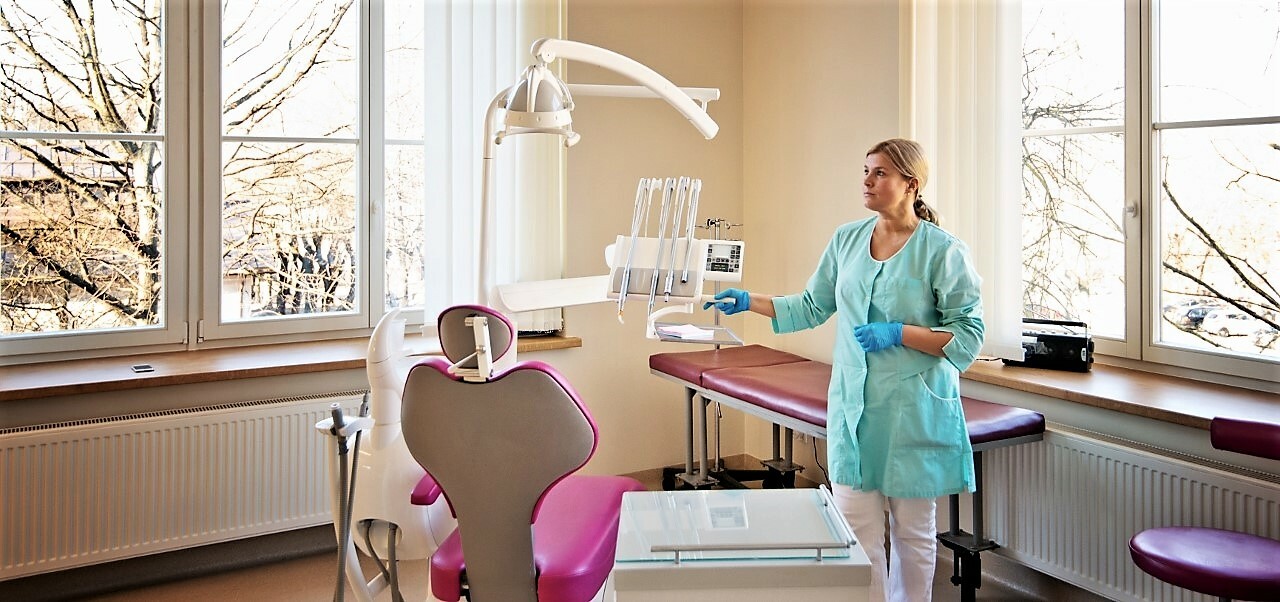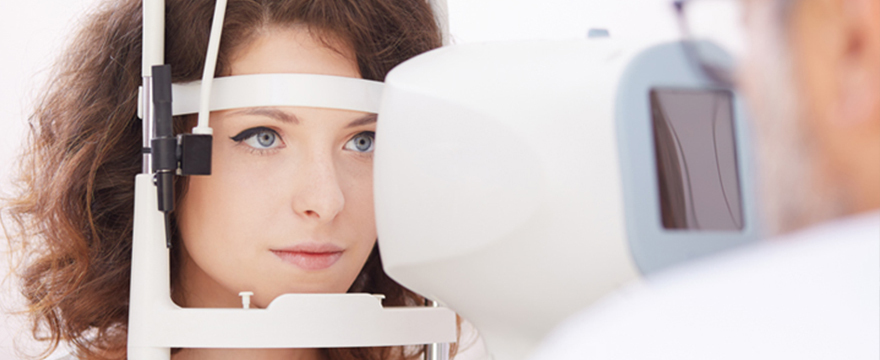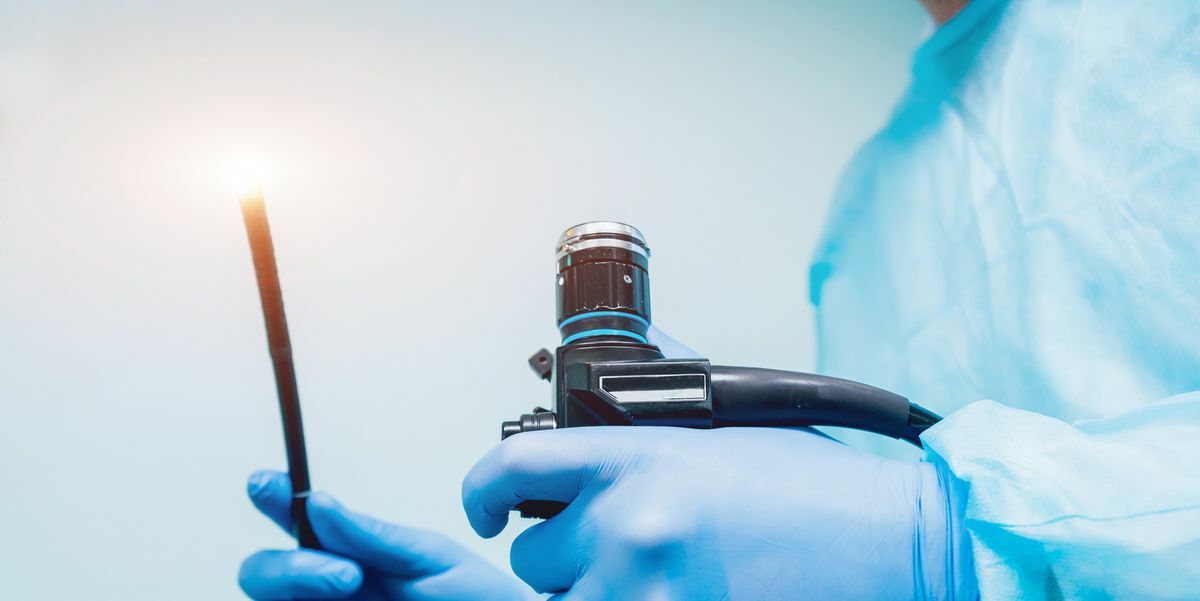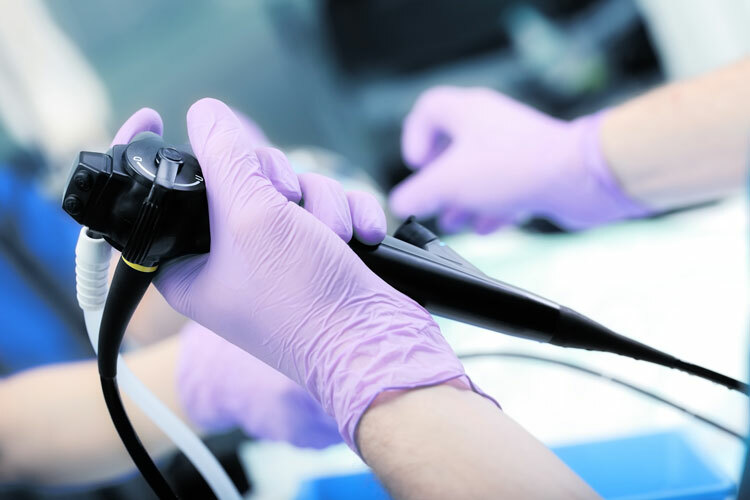
Upper endoscopy (gastrointestinal endoscopy), also known as gastroscopy, is a minimally invasive and patient-friendly diagnostic and/or therapeutic method of choice. For a successful examination, it is crucial not only to have good technical equipment and highly qualified staff but also for the patient to be informed and prepared. Get your upper endoscopy done at Riga 1st Hospital!
What is upper endoscopy?
The digestive system is made up of a complex set of organs that mechanically and chemically process food (digestion), absorb essential nutrients, and eliminate waste from the body. These organs are located in the head, neck, chest, abdomen, and pelvis, in a continuous chain.
Upper endoscopy, also known as esophagogastroduodenoscopy (EGDS), is a diagnostic and/or therapeutic procedure for examining the esophagus, stomach, and duodenum with an endoscope. Other names and abbreviations include fibrogastroscopy (FGS) and gastroscopy.
Upper endoscopy is the only method for examining and treating the digestive organs that allows for the direct visualization of the esophagus, stomach, and duodenum, with the ability to perform diagnostic and therapeutic procedures inside these organs if necessary.
During upper endoscopy, the doctor inserts a thin, non-traumatic optical instrument through the patient’s mouth into the digestive system to visually inspect the organs from the inside.
Important to know!
- The need for endoscopy is determined by the doctor.
- It is typically performed when there is suspicion of a serious disease affecting the esophagus, stomach, or duodenum.
- Upper endoscopy or gastroscopy is a procedure using a flexible tube equipped with a light source and video camera to diagnose diseases of the aforementioned organs.
- Today, upper endoscopy, when performed by an experienced and skilled physician using modern equipment, is a safe and harmless procedure for the patient.
Upper endoscopy at Riga 1st Hospital
At Riga 1st Hospital’s Endoscopy Department, the following facilities are available for examinations and treatments:
- 3 modern examination rooms
- 2 specially equipped rooms for instrument disinfection
- A recovery room for patients post-anesthesia
- Doctors’ offices
What is the procedure for performing gastroscopy?
During the procedure, the mucosa of the esophagus, stomach, and duodenum is examined to diagnose conditions such as esophagitis, gastritis, ulcers, and cancers of the esophagus and stomach.
An upper endoscopy or gastroscopy is performed by a specialist in gastrointestinal endoscopy, and during the procedure:
- The esophagus, stomach, and duodenum are inspected
- Morphological material is collected if necessary
- Helicobacter pylori is detected using a rapid urease test
- Benign growths (polyps) are removed using electroexcision
A nurse assists in the procedure. If the patient prefers to undergo gastroscopy under short-term anesthesia, it will be performed under the supervision of an anesthesiologist.
Gastroscopy is typically performed on patients with symptoms such as nausea, vomiting, heartburn, chest or stomach pain, difficulty swallowing, bleeding, anemia, or weight loss.
The process explained in three stages
1. Before the procedure
Important to know:
- Do not eat or drink colored beverages (coffee, tea, juice) for 8 hours before the procedure. Small amounts of non-carbonated water can be consumed, but it should be stopped 2 hours before the procedure if performed without anesthesia, and 4 hours before if under anesthesia.
- The patient must provide information by completing a form titled “Patient questionnaire before endoscopy and informed consent for endoscopy,” detailing any illnesses, surgeries, known drug side effects, and regular medications.
Important! Certain medications, such as blood thinners, may need to be stopped for a specific period before the procedure, in consultation with the prescribing doctor.
To reduce throat sensitivity and the gag reflex, local anesthesia with lidocaine spray will be applied to the throat before the gastroscopy.
2. During the procedure
Important to know:
- The patient lies on their left side during the procedure.
- A plastic mouthpiece will be placed between the patient’s teeth to protect the endoscope from damage.
- Deep and calm breathing is recommended during the procedure.
- The doctor will insert the endoscope through the mouth into the throat, then into the esophagus, stomach, and duodenum.
- Air is introduced to better visualize the mucosa, which may cause a bloated feeling in the upper abdomen.
- Gastroscopy is not painful, but it may trigger the gag reflex.
- The procedure lasts about 7 minutes on average.
During the gastroscopy, a mucosal sample will be taken to test for Helicobacter pylori, and if necessary, other mucosal samples will be taken for histological diagnosis. Therapeutic actions such as polyp removal, stopping bleeding, and foreign object extraction can also be performed during the procedure.
Photos taken during the gastroscopy are stored in the endoscopic examination database.
3. After the procedure
Important to know:
- If the procedure was performed under anesthesia, the patient will remain in the observation room until the medical staff allows them to leave.
- For 12 hours after anesthesia, driving is prohibited, and activities requiring high concentration, such as giving lectures, taking exams, or conducting financial transactions, are not recommended.
- Temporary throat irritation, upper abdominal discomfort, belching, or bloating may occur but usually disappear within a few hours.
- About 30 minutes after the procedure, the patient can eat and drink in moderation.
- After therapeutic interventions, such as polyp removal, physical activity should be limited, and a gentle diet should be followed, along with medications to reduce stomach acid secretion. These instructions will be provided individually.
After the gastroscopy, the patient will receive a brief verbal explanation from the doctor, as well as a procedure report with results to be given to the family doctor or the referring physician.
Important! If tissue samples are sent to the laboratory for examination, results will be available after 10 working days, and can be collected by visiting the Endoscopy Department’s reception desk with a valid ID.
Complications and risks
Although upper endoscopy is a safe procedure and complications are rare, they can occur. These may include:
- Bleeding (< 0.1% during biopsies)
- Perforation of the esophagus, stomach, or duodenum (0.1%)
- Allergic reaction to local anesthetics
Important! If you experience abdominal pain or a fever after the gastroscopy, notify your doctor immediately.
The experienced gastroenterologists of the 1st Riga Hospital provide effective and safe upper endoscopy to patients. Get it when you book your visit!
Other related services
